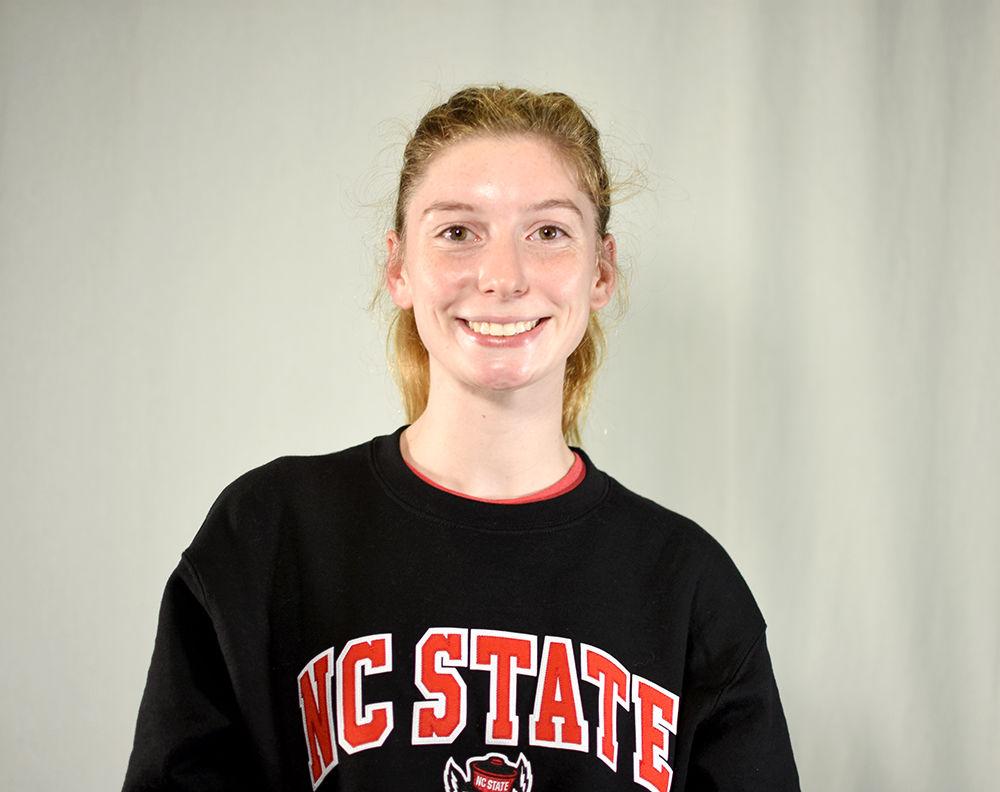When students go to Talley, they can see the stress of having to handle both in-person and excessive online orders on the workers’ faces. If it appears that the line for Los Lobos is short, trust me, it isn’t; they probably have at least 10 online orders to prepare ahead of you.
When I worked at a fast-food restaurant in my hometown, we normally had three people working at a time. Whenever an online order would come around, we would always groan. The in-person orders already had us working at full capacity, so these online orders would often push us closer to exhaustion. I remember a specific experience in which we had a lunch rush of about 20 customers, and a woman came in who had placed an online order that was due during that time. She had to wait five minutes for that order, and we received a complaint for not being quick enough.
In my experience, most Grubhub orders sit waiting for their purchasers for at least five minutes. Five minutes may not seem like much time, but orders quickly pile up and can cause confusion as to who ordered what, with a number of these orders never even getting picked up by the purchasers. Since workers are handling so much, orders can take longer than students can wait. One of the primary selling points of Grubhub is ordering in between classes, but with the current system’s problems, picking something up in that time frame is becoming harder.
Additionally, even if confusion and time constraints aren’t factors, I’ve noticed that there’s minimal, if any regulation in regards to who takes the food. I’ve heard numerous people complain that they’ve had orders stolen, but if you’re not physically standing there waiting for your order to be called, who’s going to stop someone from taking your food?
At this point, you’re waiting either way, so you may as well just order in person, enjoy some human interaction and ensure that your order is actually your order.
As someone who worked in a restaurant, I can tell you when workers are already busy with in-person orders, the last thing they need is another ticket for someone who may or may not even show up. Maybe the showing up is less of an issue here, but when I worked at a restaurant back home, services like Uber, Grubhub and DoorDash were unreliable about taking the proper steps to ensure someone picked up the food. This is why I became even wearier of Tapingo’s service after realizing that it is now owned by Grubhub.
In Grubhub’s press release, Grubhub’s media team said, “The combination of Tapingo’s network with Grubhub’s restaurant marketplace and delivery capabilities will bring greater convenience to students and help campus restaurants capitalize on pickup and delivery orders.” Because I’m a freshman, I didn’t get to see what Tapingo looked like prior to its joining with Grubhub, but I can tell you that the system is still flawed.
In an article on Forbes, an example was provided for how Tapingo (now Grubhub) can be great for students: “Students have 10 minutes between classes at NYU. Five minutes before one class ends Tapingo texts a participating student, asking if she wants her usual low-fat, decaf latte. She clicks affirmative. The bell rings, she strolls across the street to the campus coffee shop where her fresh hot drink of choice is placed on the counter as she walks in. She picks it up and makes it to her next class just as the bell rings.”
In an ideal world, this is how a service like Grubhub would work, but the reality is this student wouldn’t even get her latte within that five-minute span because of all of the other students using the same service.
Right now, there are two major problems with how we use this ordering service on campus: Employees are being overworked, and there is a lack of policy that regulates order pick-up.
A potential solution to the first and third problems could be setting time restraints on when users can use Grubhub. If not time restraints, there should definitely be a limit on the number of Grubhub orders the restaurants can receive. For example, during the busy lunchtime hours — noon to two in the afternoon — the number of orders allotted to each restaurant could be limited to one every minute, which in my experience is about how long it takes one person to order their food.
A potential solution to the lack of verification for checking who takes which order is to have restaurants keep them behind the serving counter until someone presents a valid ticket. Already, places like Los Lobos and Tuffy’s generally ask for the name of the order before handing it out. The most important thing, though, is that this becomes a strict campuswide policy to ensure that the trust between the service and students isn’t broken.
In theory, a service like Grubhub is life-changing for a busy college student, but there are issues that need to be addressed so that it is beneficial to all involved. These issues play off one another and are creating a dynamic between students and restaurants that simply isn’t viable in the long term. In order for the Grubhub system to actually work for both students and workers, these orders need to be verified and limited.














